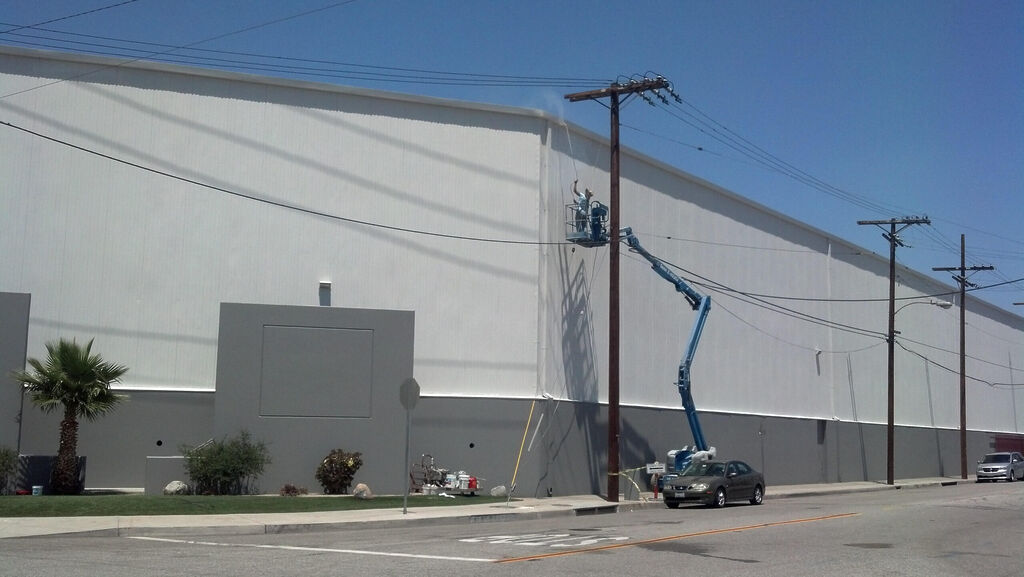With environmental consciousness on the rise, adopting eco-friendly and sustainable practices has become crucial across various industries. Commercial and industrial painting is no exception. By incorporating eco-friendly painting solutions, businesses can contribute to a greener future while enjoying numerous benefits. This article serves as a comprehensive guide to help businesses understand and implement sustainable commercial painting practices.
Understanding Eco-Friendly and Sustainable Commercial Painting
Commercial painting encompasses a wide range of projects, including offices, retail spaces, and industrial facilities. Eco-friendly and sustainable commercial painting refers to practices that minimize environmental impact while maintaining high-quality results. By prioritizing sustainability, businesses can not only reduce their carbon footprint but also improve indoor air quality and promote a healthier environment for employees and customers.
Selecting Environmentally Friendly Paints and Coatings
The choice of paints and coatings is a critical factor in eco-friendly commercial painting. Opting for low-VOC (volatile organic compound) or zero-VOC paints significantly reduces harmful emissions and odors. These paints contain minimal or no harmful chemicals, contributing to improved indoor air quality. Additionally, it’s essential to consider environmental certifications such as GREENGUARD or LEED to ensure the chosen paints meet rigorous sustainability standards. Furthermore, selecting paints made from sustainable and renewable materials, such as plant-based or recycled content, further enhances the eco-friendliness of the project.
Sustainable Surface Preparation and Paint Application Techniques
To achieve sustainability goals, it is vital to focus on surface preparation and paint application techniques. Traditional surface preparation methods often involve the use of harsh chemicals, which can have adverse effects on the environment. By opting for eco-friendly alternatives like mechanical surface preparation or water-based cleaners, businesses can minimize the use of harmful chemicals. Additionally, employing efficient paint application techniques, such as HVLP (high volume, low pressure) spray systems or roller covers made from recycled materials, can help reduce paint waste and optimize resource utilization. Proper disposal and recycling of paint-related materials, such as empty paint cans and used paint filters, also play a crucial role in maintaining sustainability.
The Role of Equipment and Tools in Sustainable Painting
Apart from paint selection and application techniques, the equipment and tools used in commercial painting can significantly impact sustainability. Choosing energy-efficient painting equipment, such as air compressors and sprayers, reduces energy consumption during the painting process. Furthermore, opting for eco-friendly brushes, rollers, and other tools made from sustainable materials or recycled content further enhances the overall sustainability of the project. Proper maintenance and cleaning of painting equipment not only prolong their lifespan but also contribute to sustainable practices. Lastly, recycling or responsibly disposing of used painting tools ensures minimal environmental impact.
Implementing Waste Reduction Strategies
Waste reduction is a crucial aspect of sustainable commercial painting. Accurate estimation and planning help businesses minimize paint waste, reducing the need for additional materials. Leftover paint can be recycled or reused for touch-ups or future projects, eliminating unnecessary waste. Donating excess paint to community organizations or charities is another way to reduce waste while supporting local initiatives. Implementing effective waste management systems on job sites, including proper separation and recycling of materials, further contributes to sustainable practices.
Promoting Health and Safety in Eco-Friendly Painting
Safety is a top priority at Kaz Painting, and sustainable commercial painting prioritizes the health and safety of both workers and occupants. Providing appropriate protective gear and enforcing safety protocols ensures the well-being of painting professionals. Minimizing exposure to harmful fumes and chemicals through the use of low-VOC or zero-VOC paints contributes to a healthier work environment. Adequate ventilation and addressing potential health risks further enhance the overall safety and well-being of everyone involved.
Collaborating with Eco-Friendly Contractors and Professionals
Kaz Painting Contractors, Inc. prioritizes sustainability and believes it is crucial for businesses to be committed to eco-friendly practices. When selecting contractors for any project, it’s essential to evaluate their credentials, experience, and commitment to sustainability. Building long-term relationships with environmentally conscious partners fosters a culture of sustainability within industries.
Embracing eco-friendly and sustainable commercial painting solutions not only benefits the environment but also brings numerous advantages to businesses. From improved indoor air quality and reduced carbon footprint to enhanced employee well-being and positive brand image, the rewards are manifold. By implementing the guidelines outlined in this article and collaborating with like-minded professionals, businesses can pave the way for a greener future, one brushstroke at a time.
Article glossary
What is VOC?
Volatile organic compounds (VOCs) are gases that are emitted into the air from products or processes. VOCs are a large group of chemicals that are found in many products we use to build and maintain our homes. Once these chemicals are in our homes, they are released or “off-gas” into the indoor air we breathe.
VOCs include a variety of chemicals, some of which may have short- and long-term adverse health effects. Some are harmful by themselves, including some that cause cancer. In addition, some can react with other gases and form other air pollutants after they are in the air.
Common VOCs include benzene, formaldehyde, and toluene.
What is Greengaurd?
Greenguard is a voluntary, third-party program that tests for over 10,000 chemicals and volatile organic compounds (VOCs) in consumer products. The Greenguard program identifies products with lower chemical emissions.
The Greenguard Environmental Institute (GEI) is an industry-independent, third-party, non-profit organization that offers certification programs to maintain low chemical emissions. The GEI’s certifications are recognized globally.
A GREENGUARD Certification means that both the item and its manufacturing process were tested and reviewed for over 10,000 chemicals and VOC emissions. GREENGUARD Certified products meet all industry standards for low emissions.
What is LEED?
LEED stands for Leadership in Energy and Environmental Design. It’s a voluntary rating system that scores and certifies the sustainability of new and planned buildings and their surroundings. LEED is the most widely used green building rating system in the world. It’s available for virtually all building types.
LEED was developed by the non-profit U.S. Green Building Council (USGBC) in 1994. It includes a set of rating systems for the design, construction, operation, and maintenance of green buildings, homes, and neighborhoods.
LEED certification is the most widely recognized building sustainability credential that architects, project developers, homeowners, and interior designers can receive. It’s a valuable recognition for homeowners and buyers interested in reducing their carbon footprint by living in a sustainable home. Homeowners and buyers can benefit from LEED certification by enjoying lower utility bills, healthier living spaces, and reduced impact on the environment.
Buildings that meet or exceed LEED requirements cost less to maintain and produce less waste. Features that improve indoor air quality and natural lighting attract tenants.

